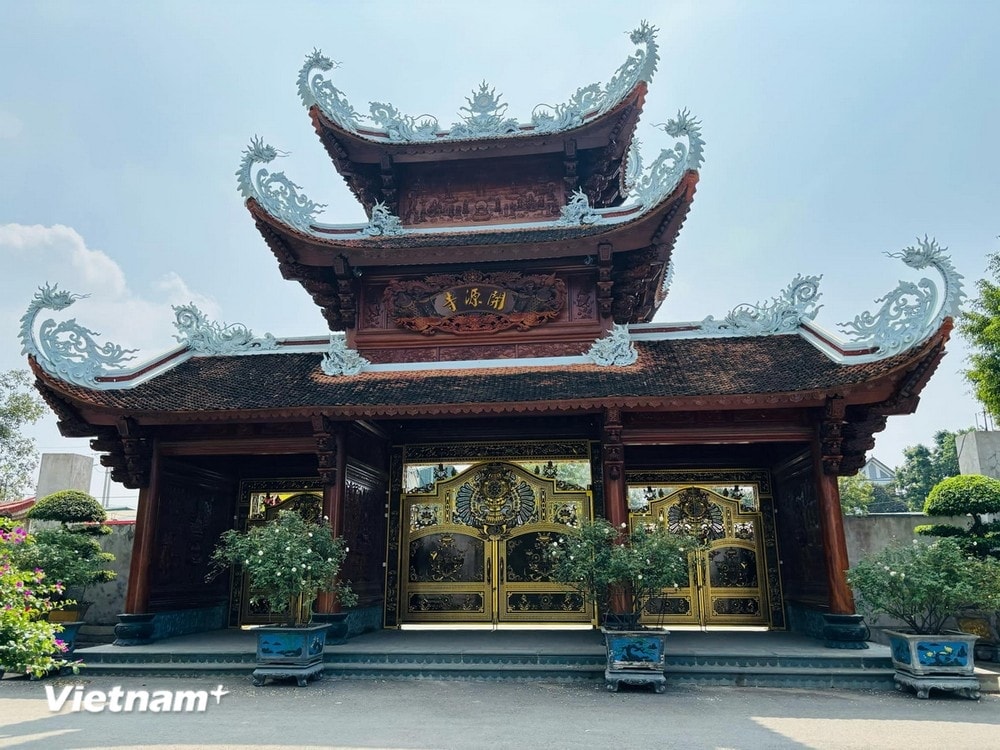
Hanoi is a destination with many impressive cultural heritages. It is also a destination with many religious architectural works that attract tourists from near and far. One of the famous spiritual architectural works is Khai Nguyen Pagoda.
With its grand scale and the largest Amitabha Buddha statue in Southeast Asia, Khai Nguyen Pagoda attracts the attention of many tourists from near and far. The pagoda has become one of the attractive spiritual tourist destinations near Hanoi , bringing pilgrims and sightseers many unforgettable experiences.
History of Khai Nguyen Pagoda
Khai Nguyen Pagoda, formerly Co Lieu Tu and commonly known as Cheo Pagoda, is located in Tay Ninh village, Son Dong commune, Son Tay town, Hanoi city.
Legend has it that the pagoda dates back to the Ly Dynasty, around the first half of the 14th century. Initially, the pagoda was just a small hermitage built by the people to worship Buddha.
In 1759, under the order of Ly Truong Phung Cuong Dinh, the people and Buddhists renovated the pagoda and cast a large bell for worship. Thanks to the concern of Ly Truong Phung, the people contributed money and land to expand the pagoda's construction area. The entire pagoda's area at that time was about 10 hectares. However, during the Later Le Dynasty, due to its unfavorable location, the pagoda gradually deteriorated and became a ruin for many years.
After two wars against France and America, Khai Nguyen Pagoda was severely damaged.
By 2006, Khai Nguyen Pagoda had undergone more than 10 years of construction with many completed projects such as Dai Hung Bao Dien, Bao An Tower, guest house, Van Sinh Duong, library, One Pillar Pagoda... At the same time, some projects were under construction such as Tam Quan gate, Amitabha Buddha statue, multi-purpose house...
What is in Khai Nguyen Pagoda?
The current Khai Nguyen Pagoda has a blend of ancient and modern architecture. It is an architecture in the style of "inner public, outer private", the worshiping rooms are arranged in the style of "Buddha in front, Patriarch in back". At the end of the pagoda is the monk's hall with the left and right wings, Bao An Tower, bell tower, drum tower...
In addition, in front of the pagoda there is a large rectangular lake. On the lake surface there is a pavilion simulating the shape of the One Pillar Pagoda. Here there is a shrine to Bodhisattva Ksitigarbha and a precious Ksitigarbha sutra, attracting the attention of Buddhist followers.
The largest Amitabha Buddha statue in Southeast Asia
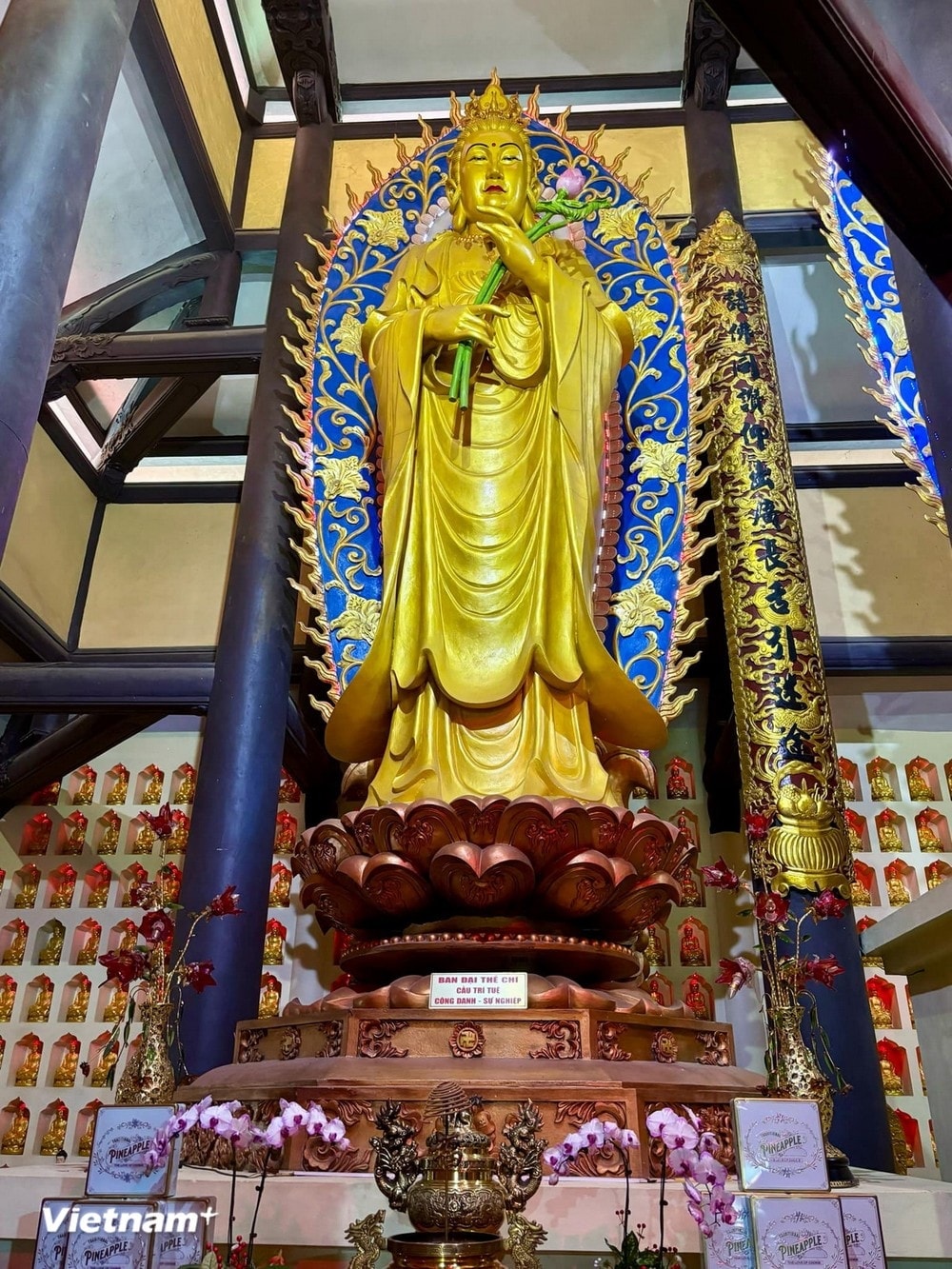
The highlight of Khai Nguyen Pagoda is the Amitabha Buddha statue. This is the largest Buddha statue in Southeast Asia with a height of 70m and a pedestal diameter of up to 1,200m2. Construction of this statue began in 2015.
The statue is solidly constructed and exquisitely crafted, depicting Amitabha Buddha in a majestic lotus position, conveying compassion and wisdom. In his left hand is a blooming pink lotus, while his right hand is placed in the Teaching mudra.
The Buddha's two palms are decorated with embossed Dharma wheels, representing the profound philosophies of Buddhism. The base of the statue is a giant lotus, with 3 layers and 56 petals. All the details create a unique statue, representing the typical beauty of Vietnamese Buddhist culture.
According to the abbot of Khai Nguyen Pagoda, Venerable Thich Dao Thinh, the statue was built with the meaning of conveying the message "For world peace," wishing for peace and prosperity for the country, people and the development of Buddhism.
Underneath the statue is an area designed to simulate the 18 levels of hell, to convey the profound meaning of the concept of reincarnation and the law of cause and effect in Buddhism.
A valuable and massive system of Buddha statues
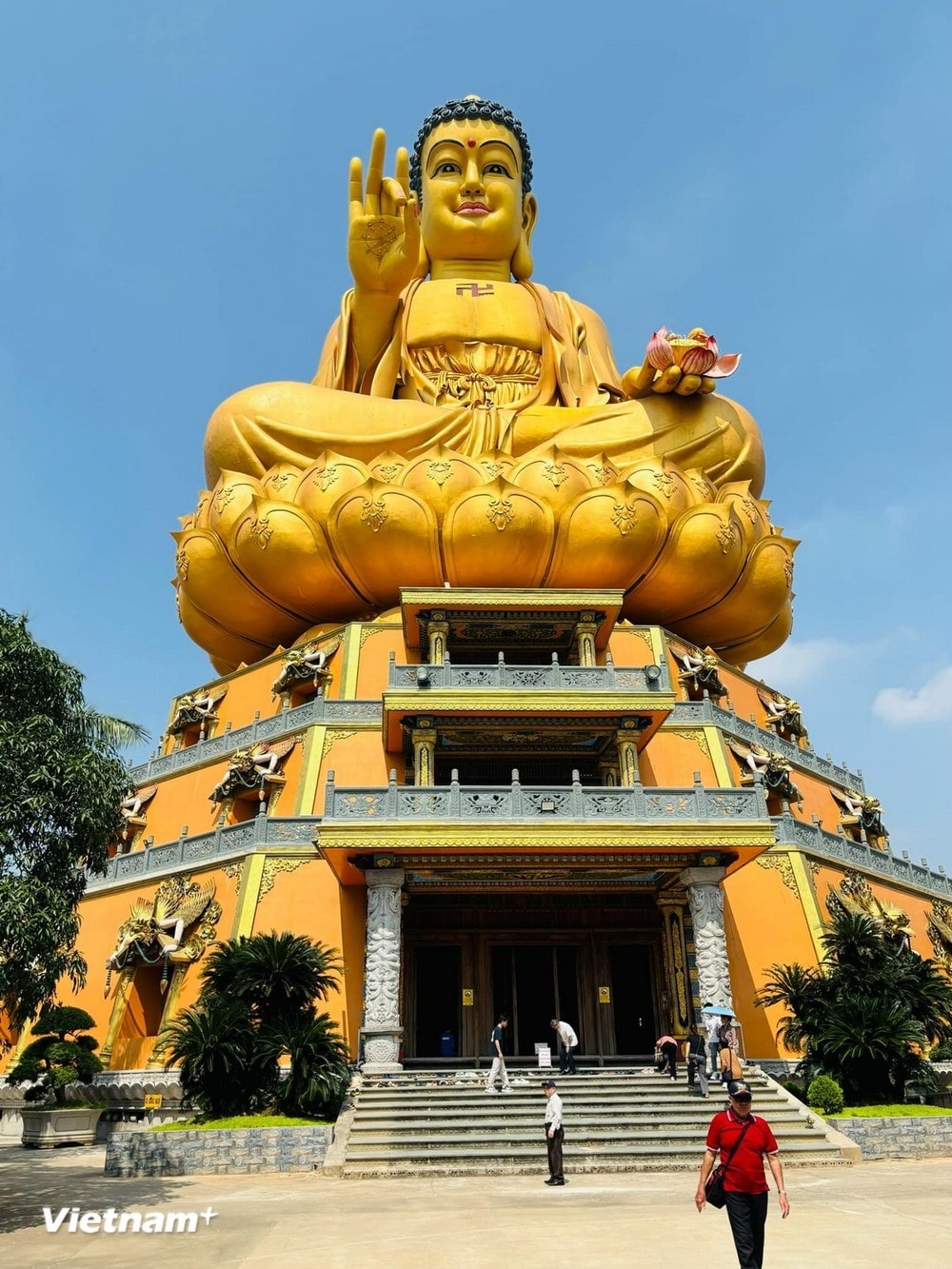
In addition to the large statue, Khai Nguyen Pagoda is also a place to worship a system of valuable and massive Buddha statues. Among them are many statues made of precious materials such as bronze, jade, etc.
In the Tam Bao space, the system of 1,975 large and small Buddha statues creates a unique architectural form. In addition, the pagoda also preserves many ancient artifacts of long-standing historical value such as two stone steles dated Canh Hung 19 (1759) and Gia Long 14 (1816), along with a bronze bell dated Tu Duc 22 (1870). These relics are valuable historical sources showing the cultural and historical values of Khai Nguyen Pagoda.
Dragon Well
The legend of the Dragon Well is associated with the sacred coins of Khai Nguyen Pagoda. In the past, when a severe drought occurred in the area, the abbot burned incense and asked the gods to show him where to dig the well. And that night, the abbot was told by the gods in his dream where to dig the well. Sure enough, after digging 3 meters deep, clear water gushed out and from then on it never dried up even in the dry season.
Every year, in the spring, visitors to the festival ask for water to wash the ceiling of their house as a wish for good luck.
In addition, visitors also have the opportunity to visit Quan Am Spring and the Inner Courtyard, as well as Hell Cave, which recreates the path to hell according to the Pure Land Buddhist scriptures and makes each visitor reflect on their conscience and morality.
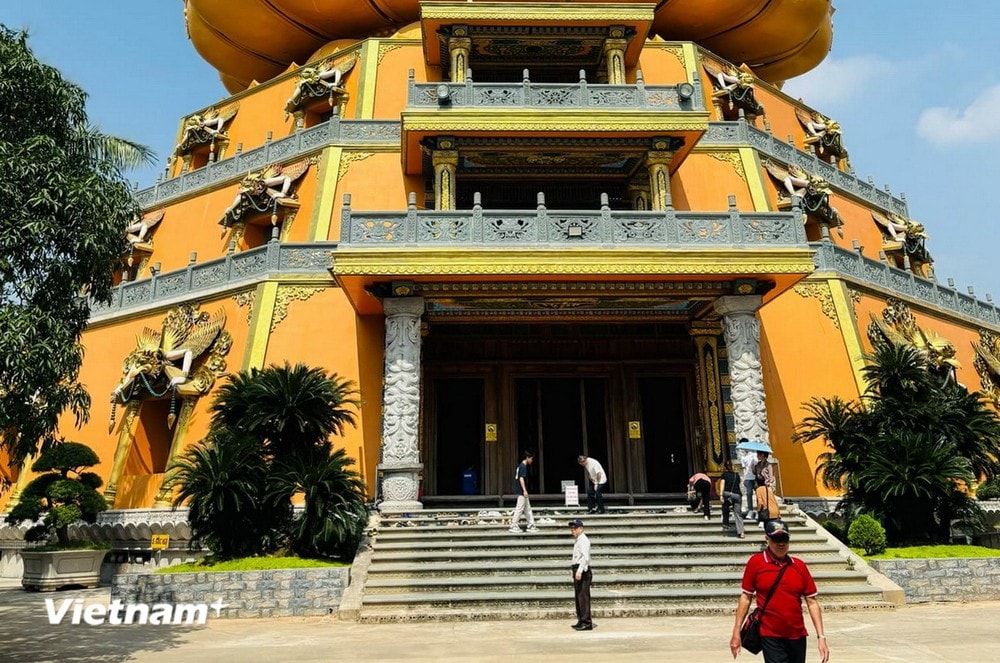
Highlights at the temple
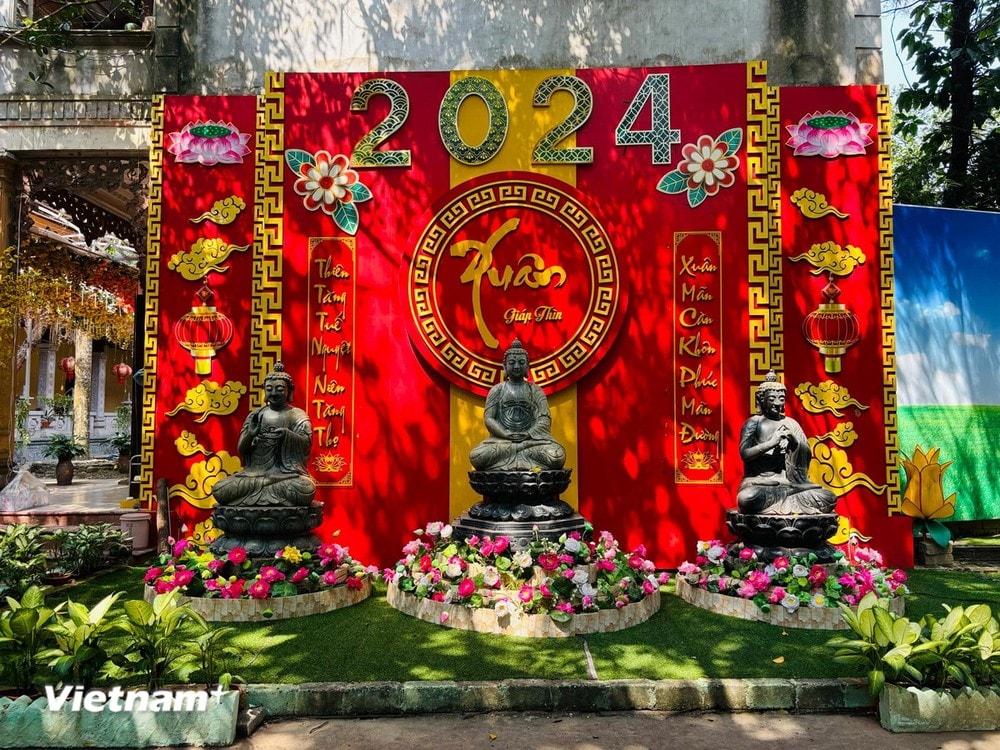
In recent years, Khai Nguyen Pagoda has become a familiar destination for many Buddhists. When coming to Khai Nguyen Pagoda on holidays and Tet, visitors will admire the magnificent, sparkling but still peaceful scenery.
Every year, Khai Nguyen Pagoda organizes many festivals with different meanings such as Quan Am Dharma Assembly, Buddha's Birthday, Vu Lan Bao Hieu Festival... attracting a lot of attention from tourists who come here to pray for peace, health and fortune for themselves.
In addition, during the summer, visitors can participate in month-long retreats with the participation of many Buddhist monks, nuns, and students from all over the country.
These courses not only focus on imparting Buddhist knowledge, but also incorporate humanitarian activities such as blood donation and volunteering. Through this, young people will have the opportunity to cultivate compassion, improve themselves and have a better connection with the community and nature.
HQ (according to VNA)Source: https://baohaiduong.vn/tham-chua-khai-nguyen-noi-co-buc-tuong-phat-a-di-da-lon-nhat-dong-nam-a-397001.html


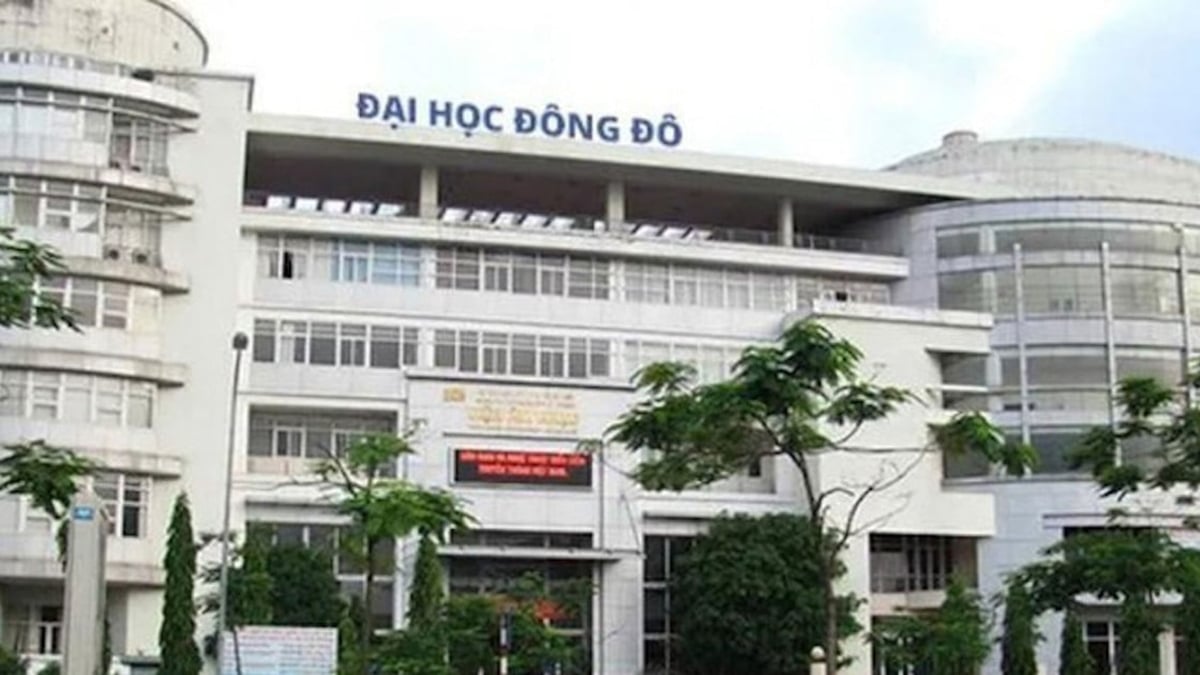
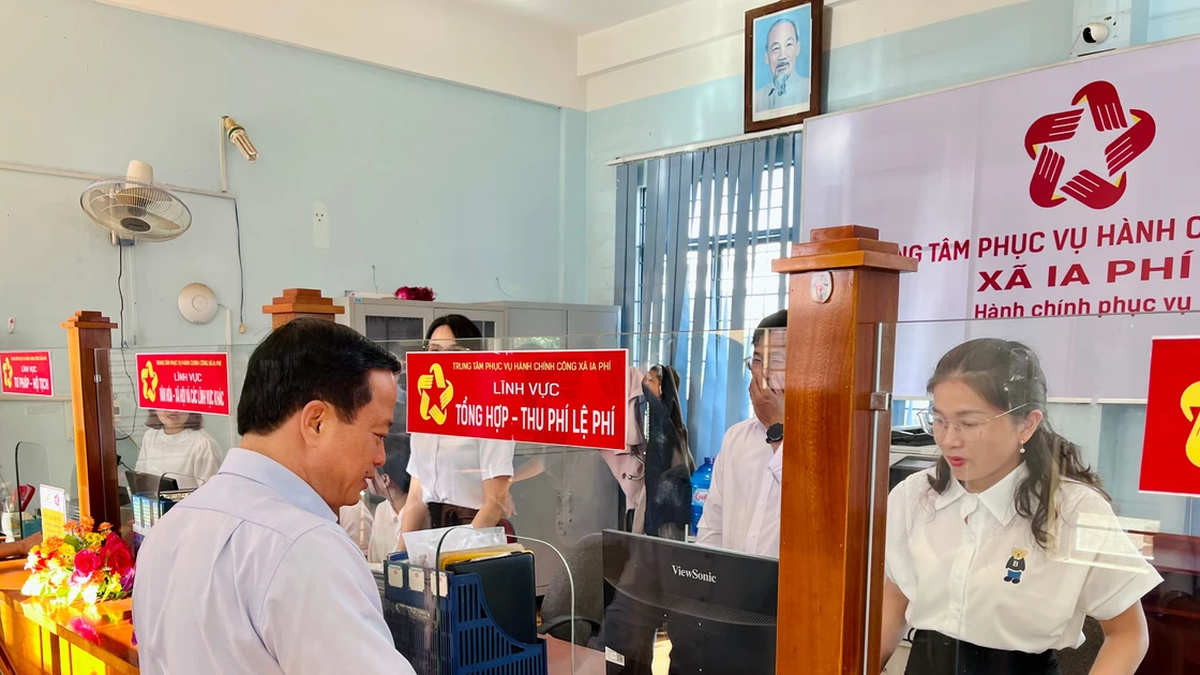
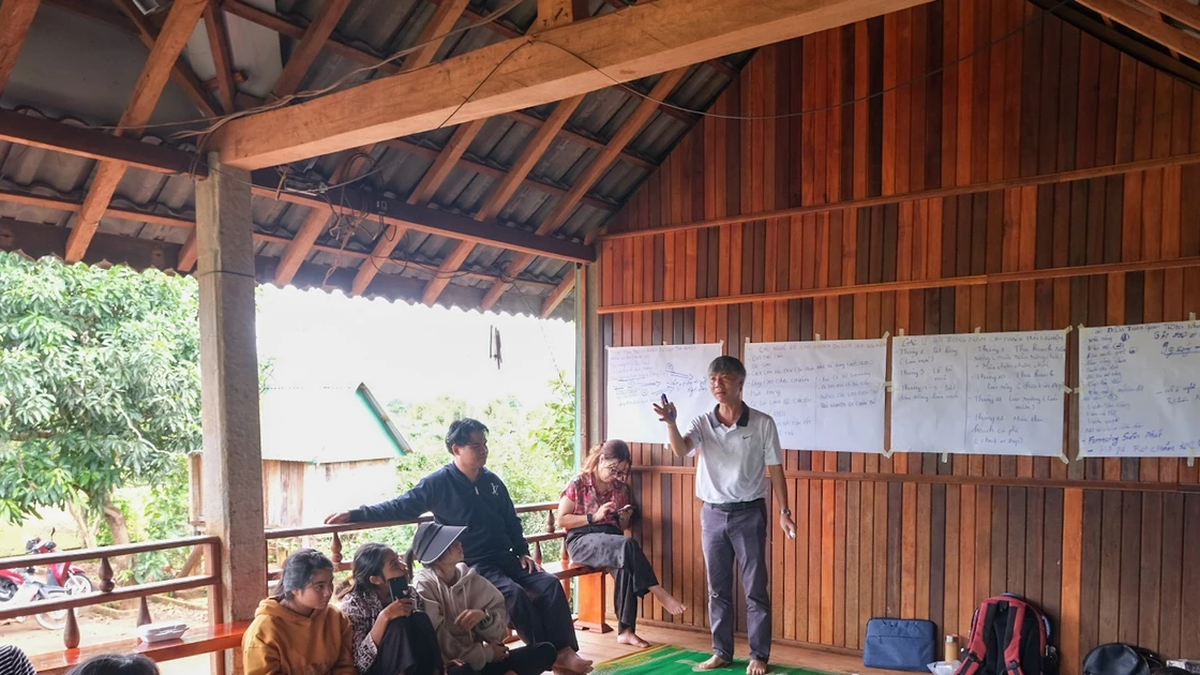
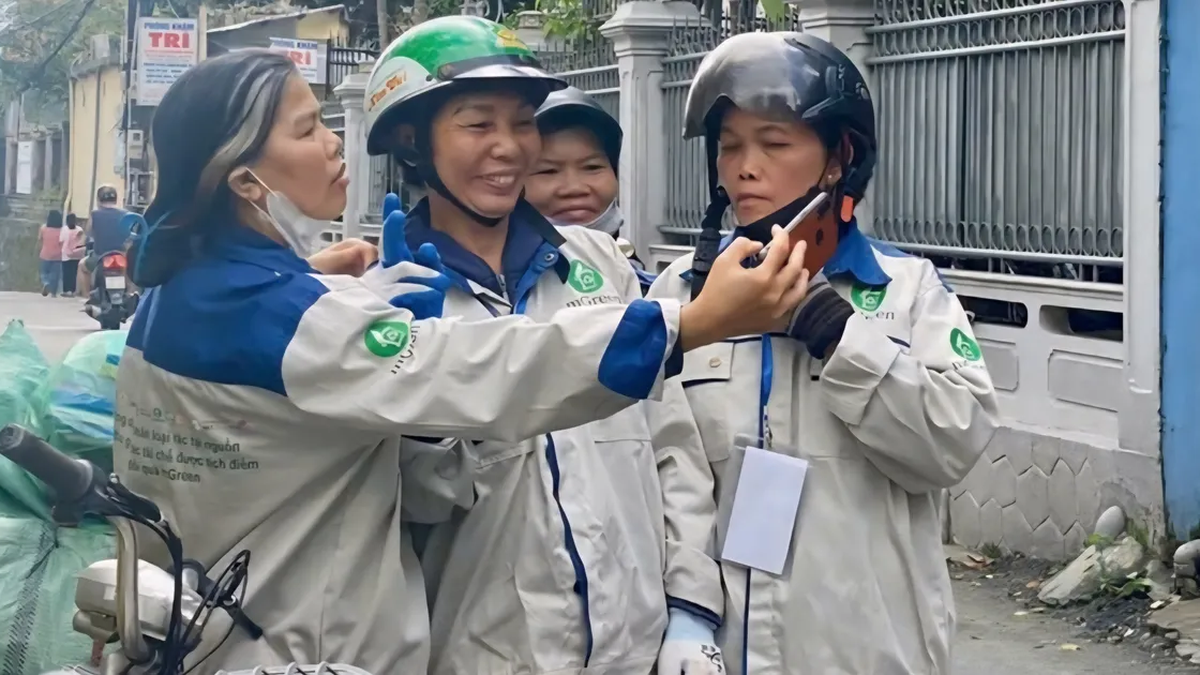

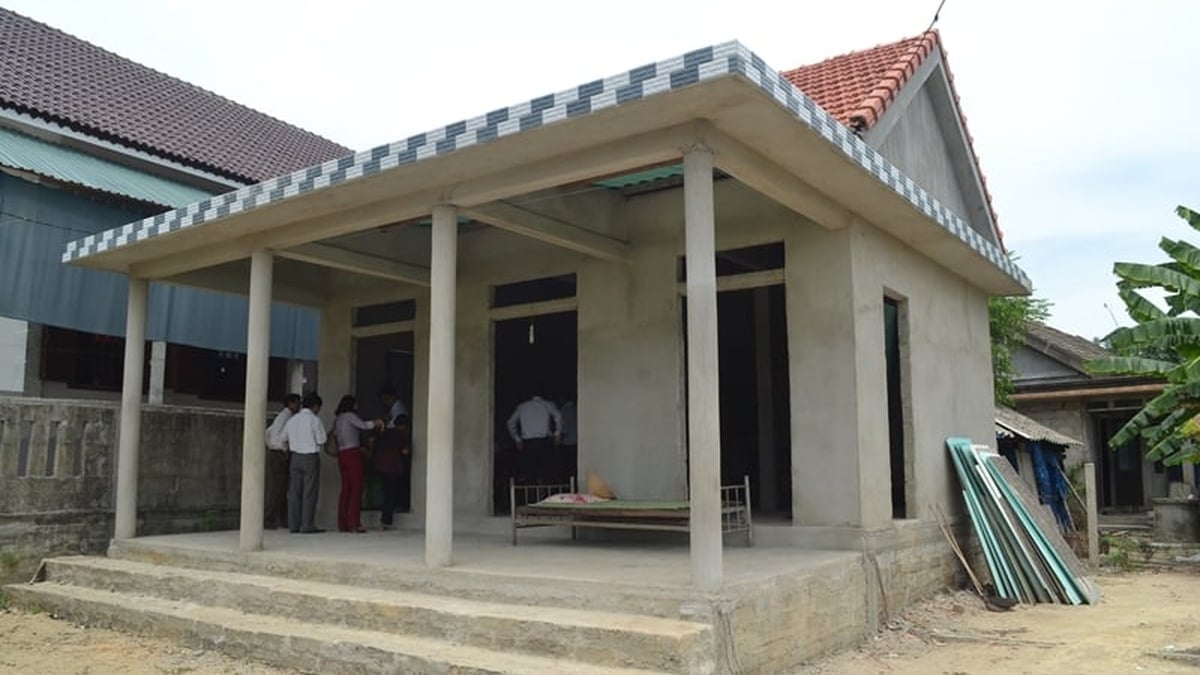
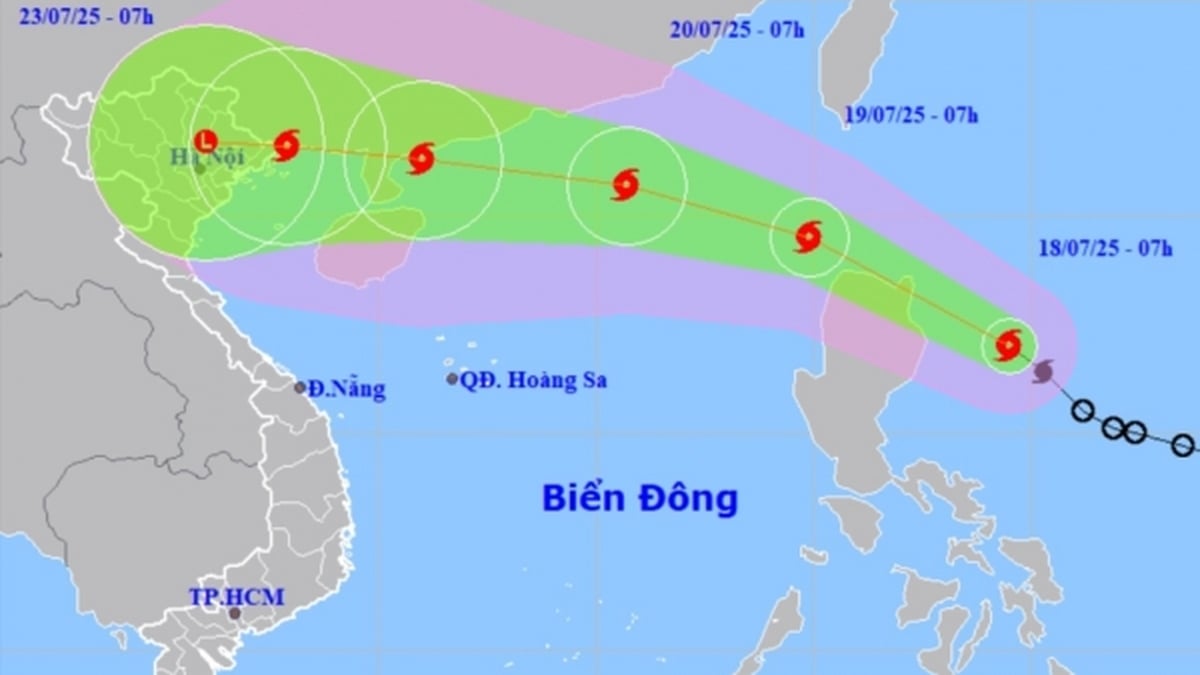

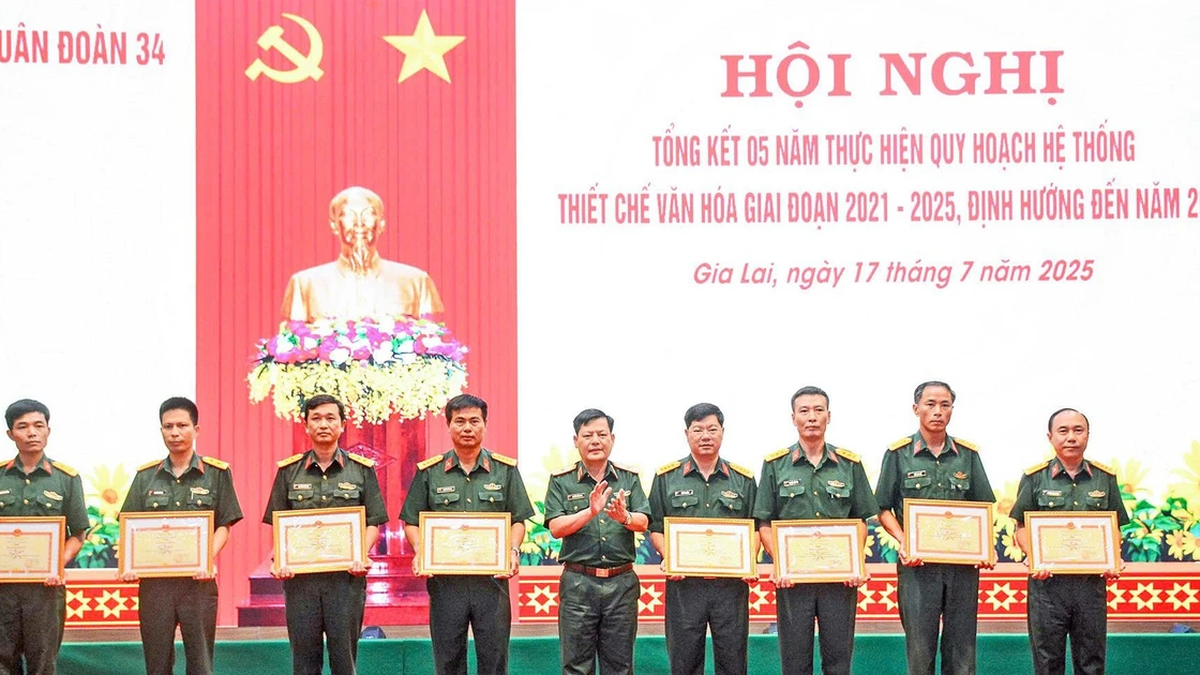
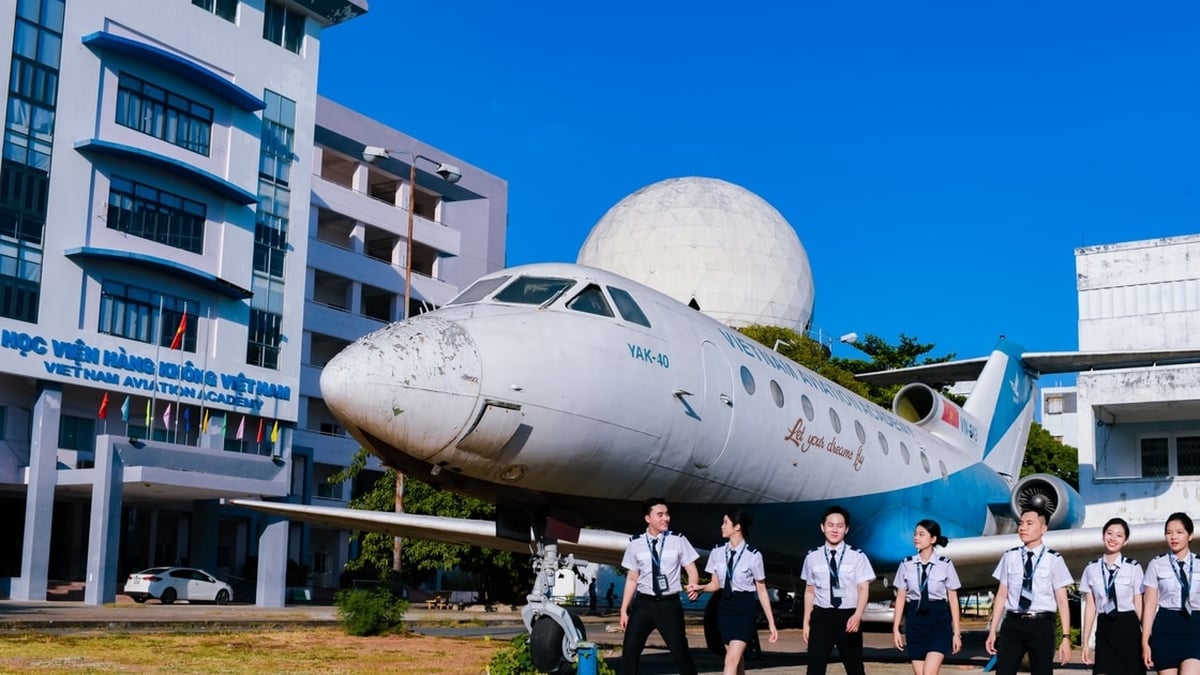

















































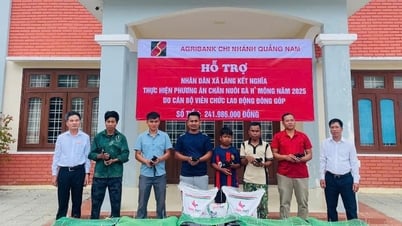






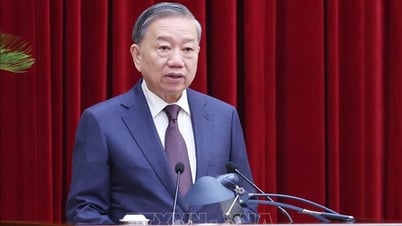

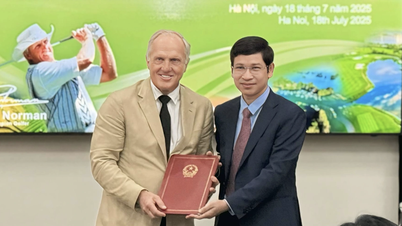




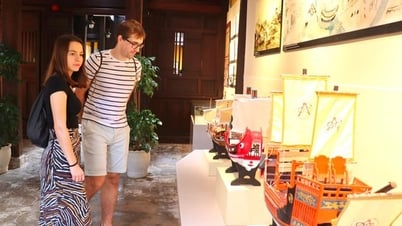

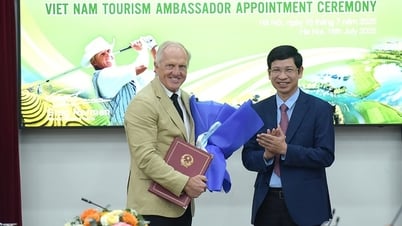

















![[Infographic] In 2025, 47 products will achieve national OCOP](https://vphoto.vietnam.vn/thumb/402x226/vietnam/resource/IMAGE/2025/7/16/5d672398b0744db3ab920e05db8e5b7d)
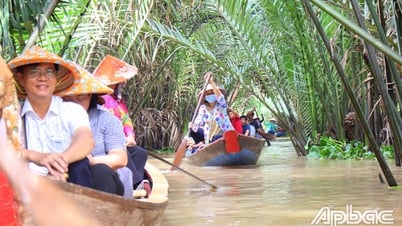






Comment (0)